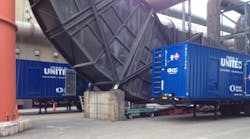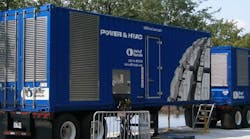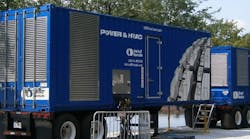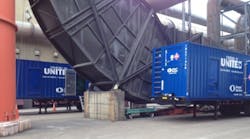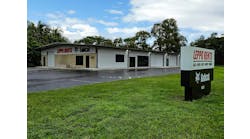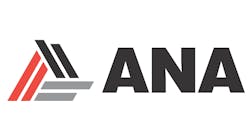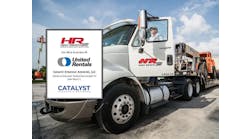Kneeland Says Non-Residential Construction Hitting its Stride
While time utilization and rental rates were softer than expected in the second quarter, when seen in the larger context, non-residential construction is “hitting its stride,” particularly in the commercial sector, United Rentals president and CEO Michael Kneeland told an investor conference call following the release of the company’s second quarter results this week.
“We spend a lot of time analyzing industry behavior and we believe that rental demand in North America has multiple years of growth ahead,” Kneeland said. “We also think that 2016 will be even stronger than in 2015 for our end markets and the growth will be led by non-residential construction spending. That’s what most industry experts believe and we agree.”
However, Kneeland explained two dynamics that are more like micro cycles within a larger operating environment, are causing short-term concerns. The first issue is upstream oil and gas.
“In April, we said we thought this sector would continue to be a drag on numbers to at least the third quarter,” Kneeland said. “So it is no surprise that we’re still dealing with that challenge, particularly in our pump operations. So obviously there is not much we can do about the price of oil, but we are taking action. So far we have redeployed over $125 million of fleet away from the upstream oil and gas markets and will continue to use this lever where we see the opportunity for higher returns."
Kneeland said the second dynamic is on the supply side, more of a timing issue with the industry as a whole. Currently there is excess fleet in rental companies that needs to be absorbed into the marketplace.
“It’s not unusual for our industry to add fleet in an upturn and to do so slightly in advance of the demand,” he said. “In this case, however, the imbalance was exaggerated by the decline in upstream oil and gas.”
Kneeland said United will invest $1.6 billion in gross Capex this year, $100 million less than the company’s original projection. “And while we have taken that number down, it still represents plenty of growth Capex to serve our large accounts and to expand our high margin specialty business.”
Kneeland added that secular penetration is still in play and commercial construction is nowhere near its peak, with forecasts still for solid growth for the U.S. rental industry this year and followed by similar increases in 2016 and 2017.
“From our current vantage point, the cycle is right on track,” he said. “We’re finding that customers are bullish about their prospects and the level of activity seems to bail that out. In some cases we’re hearing about project backlogs that are approaching pre-recession levels.”
United Rentals is still growing strongly in the specialty segment. “Trench safety revenue was up 15 percent year over year and power posted 39 percent growth,” Kneeland said. “Our specialty segment got a boost from 10 new branches we opened in the first half of the year and we plan to open another eight before the year ends.”
Kneeland pointed out that the segment is also generating solid growth organically, with the trench safety growth in the quarter all coming from same-store performance, while power and HVAC had 27-percent same-store growth. He emphasized that specialty rentals strengthen key customer relationships.
“The larger the customers, the more likely that the rental needs extend beyond the basics,” he noted.
To view United Rentals’ second quarter numbers, click here: http://rermag.com/headline-news/volume-rises-modestly-while-ebitda-q2-record-united-rentals
